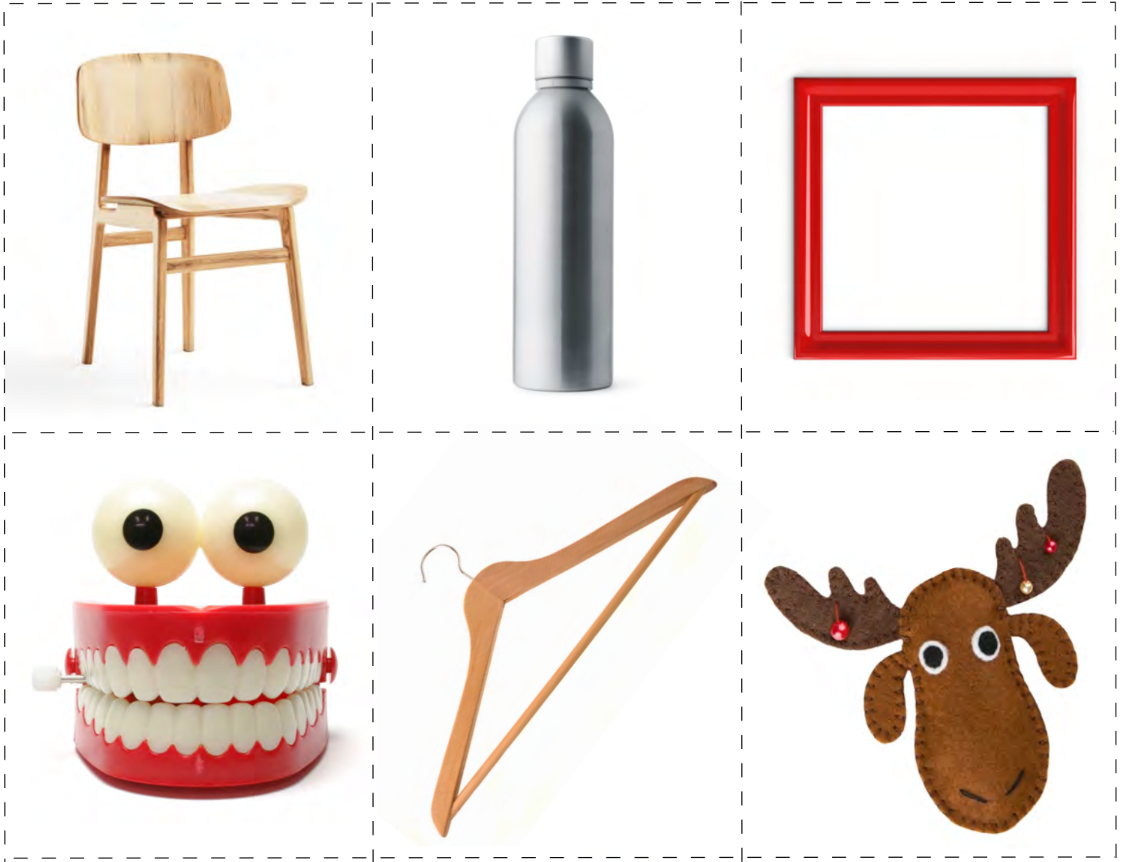Learning objective
- To evaluate existing structures.
Success criteria
- I can describe how a chair’s design matches
This content is for subscribers only. Join for access today.
National curriculum
Design and technology
Evaluate
Pupils
This content is for subscribers only. Join for access today.
Cross-curricular links
History
Pupils should be
This content is for subscribers only. Join for access today.
Before the lesson
This content is for subscribers only. Join for access today.
Lesson plan
Recap and recall
Before starting this unit, check that the children can recall: Structures are built from parts to use or do a job. Freestanding structures can stand on their own without being held up. Structures with a wider base are more stable than those with a narrower base.
This content is for subscribers only. Join for access today.
Extended-mode explainer videos
How to extend your display to view the lesson page and preseantion mode simultaneously. Choose your operating system below to watch the video
If you need further support with extending your display,
please contact [email protected].
Extended-mode explainer video: For Mac
Extended-mode explainer video: For Windows
Adaptive teaching
Pupils needing support
Should use the Activity: Design criteria: support version, which has fewer statements to match to the chairs and reduces cognitive load; could use the Knowledge organiser to support with vocabulary.
Pupils working at greater depth
Should add their own design criteria for each chair in the Activity: Design criteria task; could suggest suitable users for a wider range of chairs.
This content is for subscribers only. Join for access today.
Assessing progress and understanding
Pupils with secure understanding indicated by: describing a chair as a structure
This content is for subscribers only. Join for access today.
Vocabulary definitions
-
chair
A structure made for sitting on.
-
design brief
A sentence that says what will be made and who it is for.
This content is for subscribers only. Join for access today.





